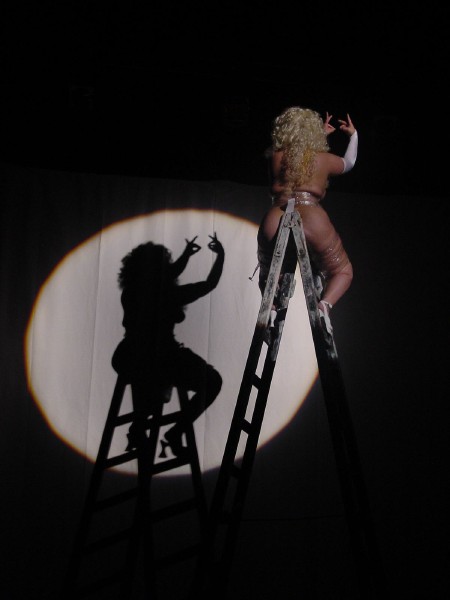Art/=Vida
Museo del Barrio, New York, USA
Museo del Barrio, New York, USA


© FRIEZE 2025 Cookie Settings | Do Not Sell My Personal Information